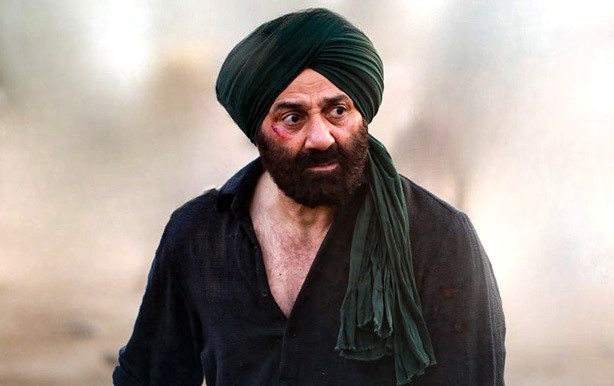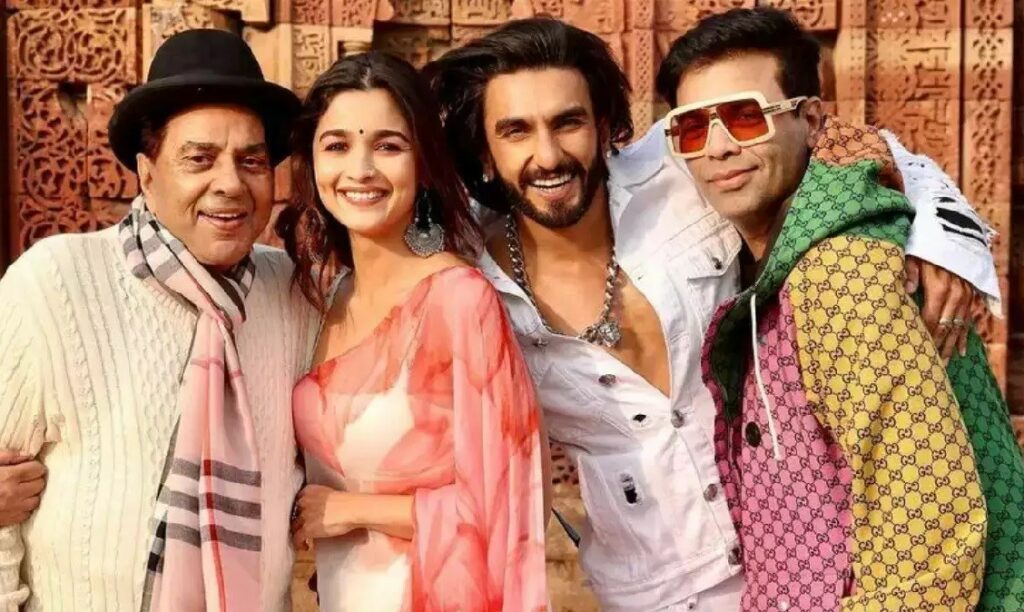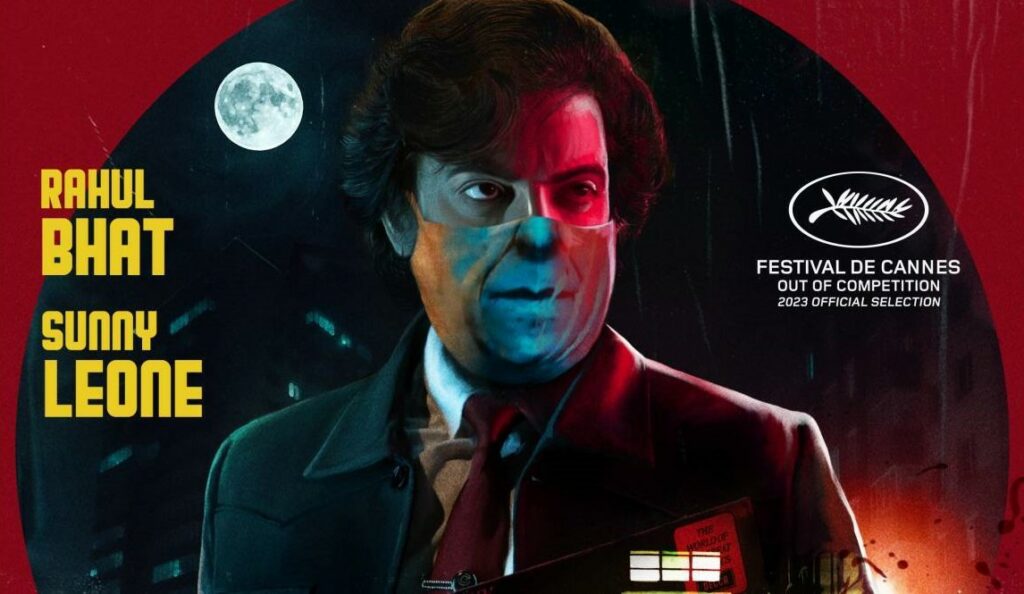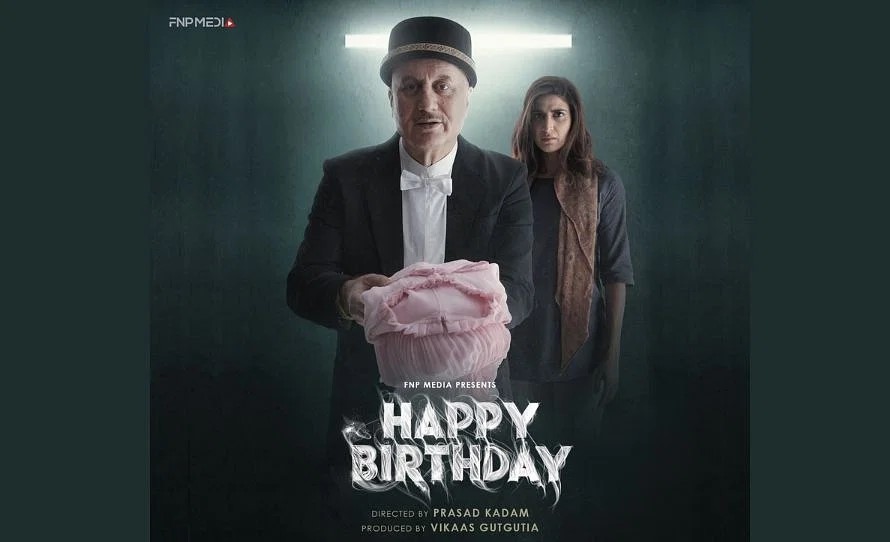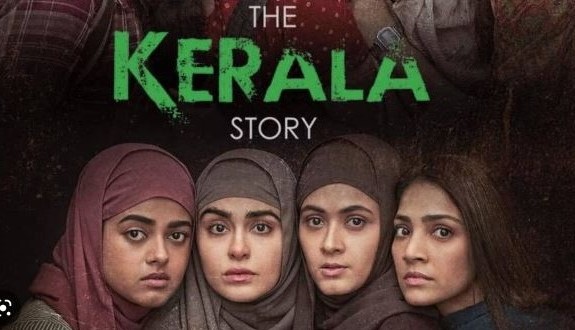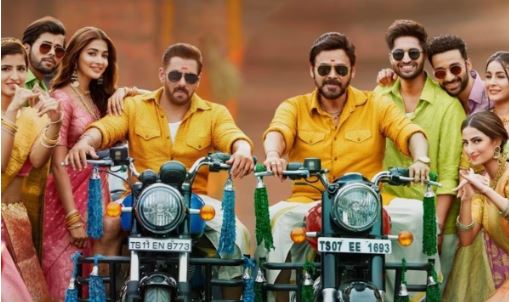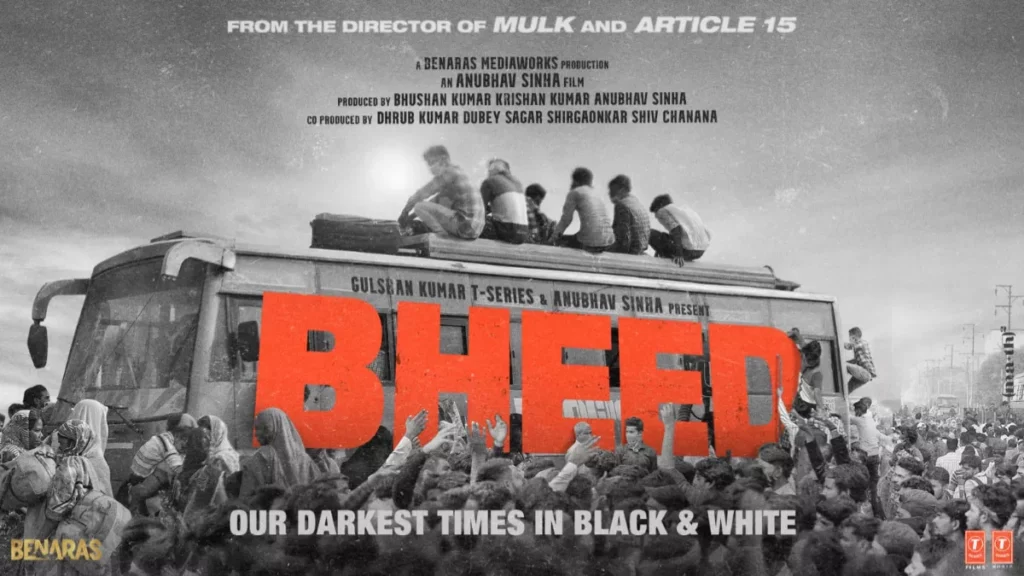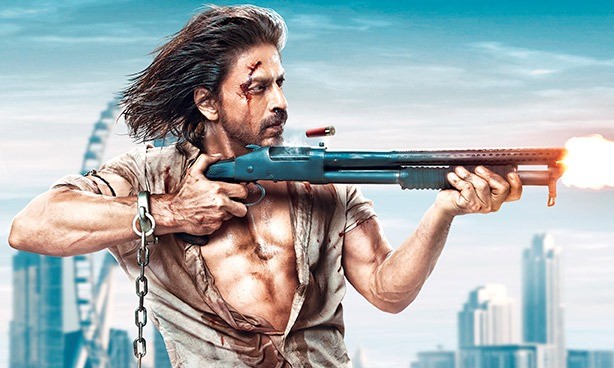Bollywood hasn’t had a good relationship with sequels. There have been plenty of films whose second part hasn’t turned out to be good, leave alone as good as its predecessor. But Gadar 2, which is the second part of the historic blockbuster Gadar: Ek Prem Katha, is that rare sequel that, although not as fine as the first film, provides a high dose of excitement, but only for die-hard fans of Sunny Deol and the franchise.
Gadar 2 continues the story after Tara Singh (Sunny Deol), his wife Sakeena (Ameesha Patel) and their son (Utkarsha Sharma) start living in India after making peace with Sakeena’s father Ashraf Ali (Amrish Puri) at the end of first part. However, after allowing his son-in-law Tara to go scot free with his daughter to India, Ashraf Ali faces wrath from Pakistani officials and is hanged to death.
The story is then jumps 17 years later in 1971 when Tara, Sakeena and Jeete are living a peaceful and happy life at a town near the border of Pakistan. The year sees tensions between India and Pakistan and it is a given that the two countries would soon engage in war. It is the war-like situation that separates Jeete from Tara and Sakeena. Tara, who still has the same courage and strength, is hell-bent on stepping onto the other side of the border to rescue his son.
The film also features the evil Pakistani Major General Hamid Iqbal (Manish Wadhwa), who can never forget how his country got humiliated by Tara Singh. He dreams of taking revenge from Tara by killing him mercilessly.
Gadar 2 starts with a bang. The serious and light-hearted sequences provide plenty of nostalgia for the fans. The return of songs ‘Udja Kale Kawa’ and ‘Man Nikla Gaddi Leke’ become the icing on the cake, especially if you are watching the film at a single screen theatre.
However, after a point of time, the audience is in for an unpleasant surprise. Sunny’s character suddenly vanishes and Utkarsh’s Jeete takes center stage. In fact, one starts feeling that he is the main protagonist as he is also given not one but two songs, thanks to his forceful love angle with Muskaan (Simrat Kaur). This, obviously, didn’t go well with the crowd I saw the film with. There were constant angry comments. One person also shouted, “Main yahan Sunny Deol ko dekhne aaya hoon.”
Thankfully, the second half makes up for it as it has plenty of heroic sequences featuring Sunny. This also means that there is a list of opportunities for the single screen crowd and his fans to go berserk. Of course, like the first part, one needs to keep logic aside (which includes accepting the unnecessary and idiotic inclusion of Simrat Kaur’s character in the ending moments), to enjoy such masala entertainers. This also means making the villains behave silly at times. The same was the case in the first Gadar as well. If you are prepared to do this again, you are in for a treat, especially in the overwhelming climax.
The action sequences, obviously, are the film’s USP and, barring a few, they succeed in providing an adrenaline rush. The camerawork and background score also fall in the positives.
It is remarkable to see Sunny Deol carry out such action even after becoming a senior citizen. Needless to say, he is the heart and soul of the film and he carries it on his strong shoulders (including the dhaai kilo ka haath) with lots of power. Utkarsh Sharma shows some improvement from his forgetful debut Genius (2018), which was also directed by his father Anil Sharma.
It is vital for the character of villain to shine in such films. Manish Wadhwa is impressive in the first half but is later reduced to a typical villain we see in such films. Nevertheless, he succeeds in making you hate his character. Ameesha Patel, who doesn’t have a lengthy role this time owing to the story, is average. The same can be said for the debutant Simrat Kaur.
Overall: Gadar 2 is enjoyable only for the fans of Sunny Deol and the franchise. It has taken a tremendous opening at the box office in the rage of Rs. 40 crores and the collections would stay high till August 15. After that, it depends how much the audience has accepted the film. The makers provide a clear hint of Gadar 3, the third part of the franchise.
Rating: 3 out of 5
Director: Anil Sharma
Producers: Zee Studios and Anil Sharma Productions
Writer: Shaktimaan
Cast: Sunny Deol, Utkarsh Sharma, Ameesha Patel, Manish Wadhwa, Simrat Kaur
Also read: When SRK did a Panchayat 33 years ago
